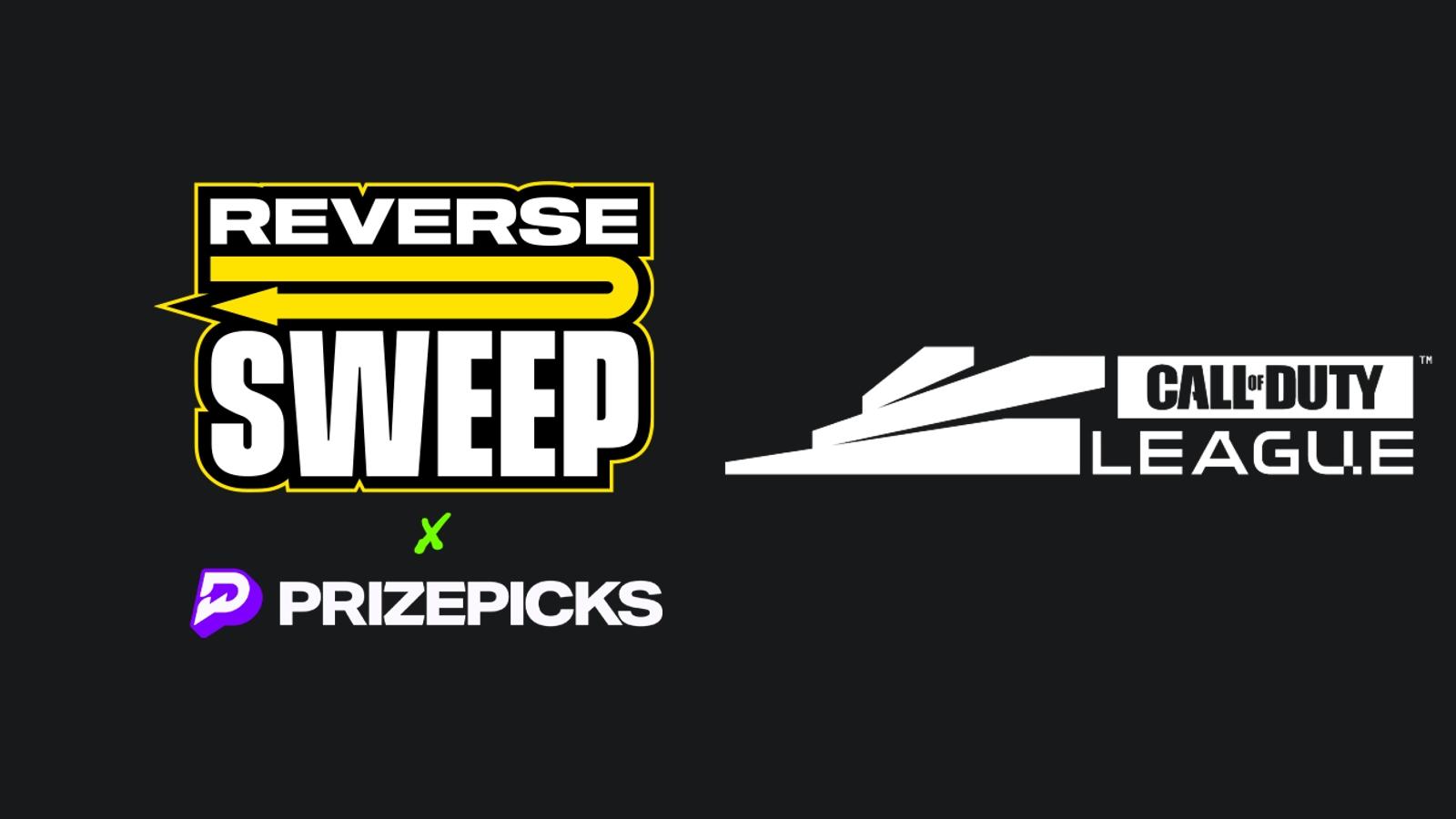Stuchiu’s Standpoint: The Impact of FalleN, The Godfather of Brazilian Counter-Strike
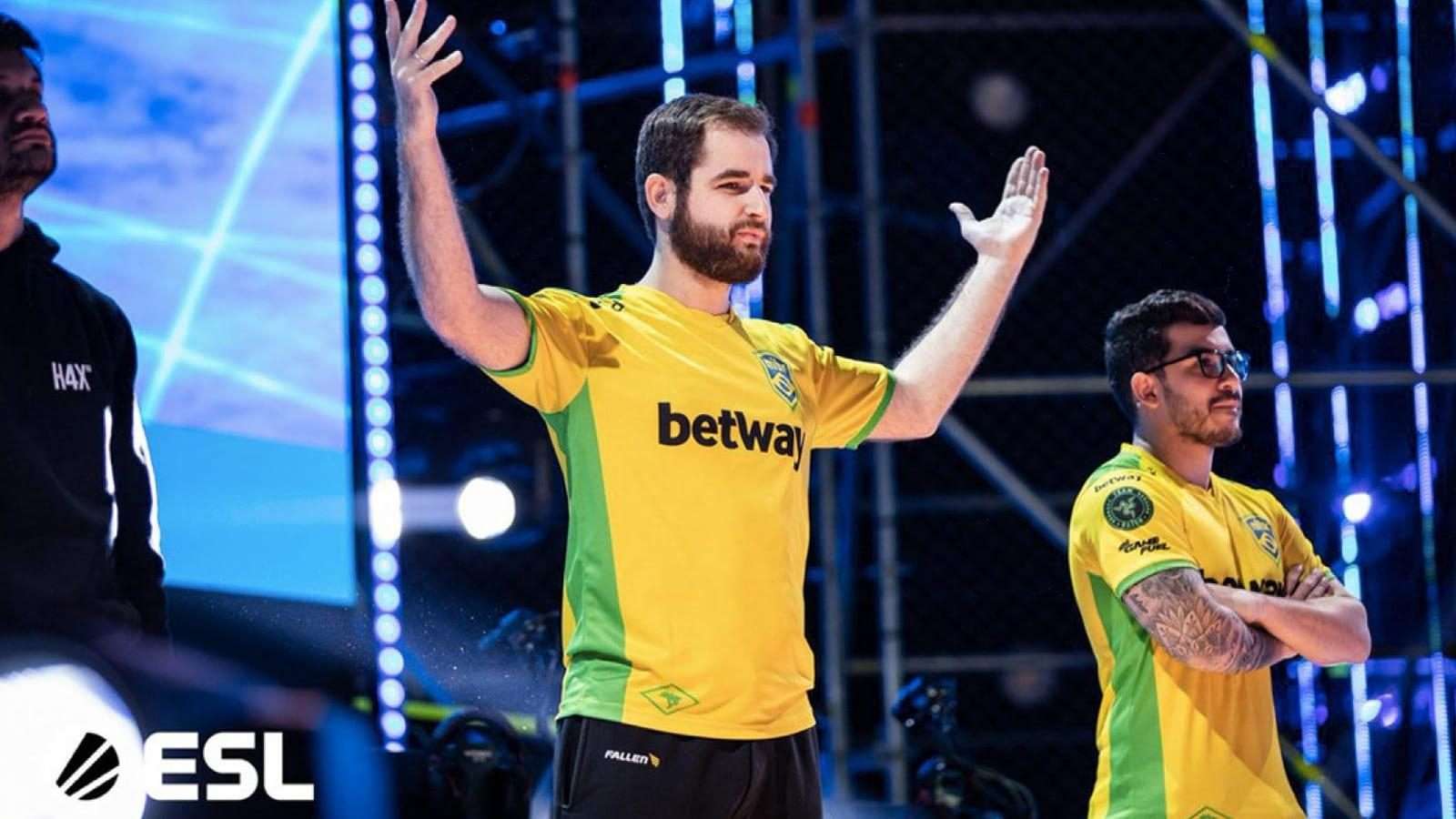 ESL
ESLThere is no player in esports history who has been as influential in raising their region as Gabriel “FalleN” Toledo has been to Brazilian Counter-Strike. He has been the driving force of the most successful CS lineups in history. His individual play, tactics, and systemic approach have earned him the epithet as the Godfather of Brazilian Counter-Strike.
The Rise Up
FalleN’s career has always been marked by a self-assured drive that he was going to make the esports thing work. He says as much in an HLTV article, “In 2013 I enrolled at the Federal University of Curitiba (UTFPR), but that only lasted two weeks. One day, a professor asked me ‘why are you here?’ and I answered “’this is my plan B. I need a future in case my life as a gamer doesn’t work out.’ I didn’t show up the following day. After thinking about that conversation for hours, I decided to risk even more and go all-in on my dream, putting 100% of my energy into Games Academy and other projects.”
This belief is awe-inspiring as the Brazilian esports system had collapsed. There was no support to be had anywhere in the scene as there were no teams, LANs, or tournaments. The player-base was small and the people that were playing FPS focused on games like CrossFire. Brazil didn’t even get a CS:GO server until 2013.
[ad name=”article1″]
This was the starting hand that FalleN was given and he performed miracles. FalleN was originally a star AWPer in CS 1.6, but when CS:GO came around the scene lacked in-game leaders. FalleN realized that if Brazilian CS was ever going to succeed, it needed an in-game leader and FalleN took on that role. His determination crossed over to the overall scene as he established Games Academy in 2011. This created an ecosystem where players could learn, compete, and get better.
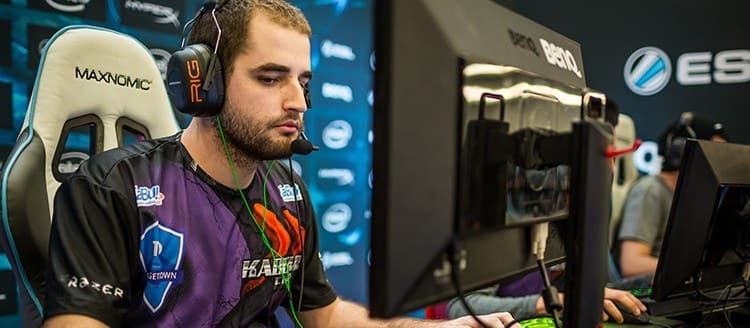
The Tournament that Changed Everything
For years, FalleN and the Brazilians continued to grind away waiting for a chance to compete on the international stage. This paid off as CS:GO started to grow as a game and opportunities started to arise. The most important chance came in 2015 at MLG X-Games Aspen.
That event ran a Brazilian qualifier and FalleN entered with KaBuM.TD. At the time, his team consisted of himself, Fernando “fer” Alvarenga, Ricardo “boltz” Prass, Lucas “steel” Lopes, and Caio “zqk” Fonseca. In the finals of the qualifier they beat Dexterity 2-0. While Dexterity never made a splash in Counter-Strike, the lineup included future teammates: Marcelo “coldzera” David, Epitacio “TACO” de Melo, and Joao “felps” Vasconcellos.
At MLG X-Games Aspen, KaBuM.TD surprised the world as they beat Cloud9 16-4 on Mirage in the group stages. Dignitas and NiP destroyed the Brazilians, but KaBuM.TD made their mark on the scene. People wanted to see them at more events and ESL contacted them to give them a spot at the LAN qualifiers for the ESL Katowice 2015 Major.
[ad name=”article2″]
The team didn’t have the money to make the flight over and had to run a donation stream to make the travel costs. The stream worked and the most notable donor was Fnatic star Robin “flusha” Ronnquist, who donated some of his IOS Pantamera prize money for the cause.
just donated a part of my Pantamera winnings to the @KaBuMESports team so they can go to poland and try to qualify to the major in katowice!
— Robin Rönnquist (@flusha) February 8, 2015
The team made it through the qualifier. Soon after the team switched organizations from KaBuM.TD to Keyd.Stars and got top 8 at ESL Katowice 2015 by beating HellRaisers and CLG in the group stages. In the playoffs of the tournament, the Brazilians lost 1-2 to the Polish veterans of Virtus.Pro.
After the Major, ESL ESEA Pro League was announced. FalleN wanted to play in the league, but one of the requirements was living in the North American region. Fortunately for the Brazilians, Ricardo “dead” Sinigaglia was willing to help them out. He hosted the team in his house and this allowed the squad to move to America and make their dreams come true.
In the latter half of 2015, the team underwent a transformation. The Brazilians changed orgs as they went from KeyD.Stars to Luminosity. In addition, they made a lineup change as Zqk was kicked and Coldzera came in. It was a key move as Coldzera became one of the best players in the world and it forced FalleN to AWP while in-game leading. FalleN then instituted a structured tactical system that was built on fundamentally strong teamplay and power play positions. This made them a consistent playoff team, but by the end of the year, the progression had ended.
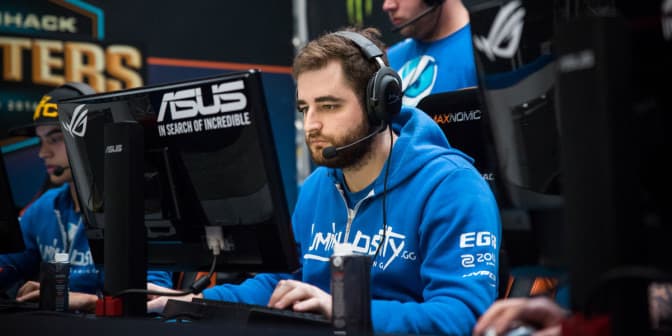
[ad name=”article3″]
The System that dominated the world
This was untenable for FalleN, fer, and coldzera. Their aspirations were greater and while they were friends with boltz and steel, the team had to move forward. Days before the FACEIT Stage 3 2015 Finals, the team made a drastic change as they kicked boltz and steel for TACO and Lincoln “fnx” Lau.
The tournament was a watershed moment for FalleN as a leader. There was no time to institute a structured tactical system where everyone knew their roles. Instead the team had to play more loose and rely on their mutual understanding of what they needed to do as a team and as individuals in their respective roles.
After Fnatic blew them out 16-0 on Dust2, Luminosity made an incredible run through the rest of the tournament as they beat EnVy 2-1, NiP 2-1, and TSM 2-1. In the end, Luminosity lost to Fnatic in a rematch in the finals 1-2. While the team lost, this was their best ever result at an international LAN and it opened FalleN’s eyes to a new style of play that characterized his teams for years to come.
Instead of having a structured flowchart where each player was a mechanical cog in the tactical machine, FalleN taught them a set of principles to play around. Fundamental ideas like trading, spacing, and roles became hallmarks of his tactical system. He explained this approach the best in an interview with Tomi “lurppis” Kovanen, “…with my teaching skills I could put in my teammates’ minds everything they need to see, understand, and react to during the game. I think I could make all of them better players and this is what is making the difference for us.”
The FalleN style of Counter-Strike which characterized the Luminosity/SK lineups from 2016-2017 were centered around three themes. The first theme was the balance of two superstars: one aggressive and one passive. The aggressive star found the opening picks in the round. In the 2016 period, FalleN was the aggressive opener and later on in 2017 it was fer. Coldzera was the passive superstar that consistently closed out rounds for the team.
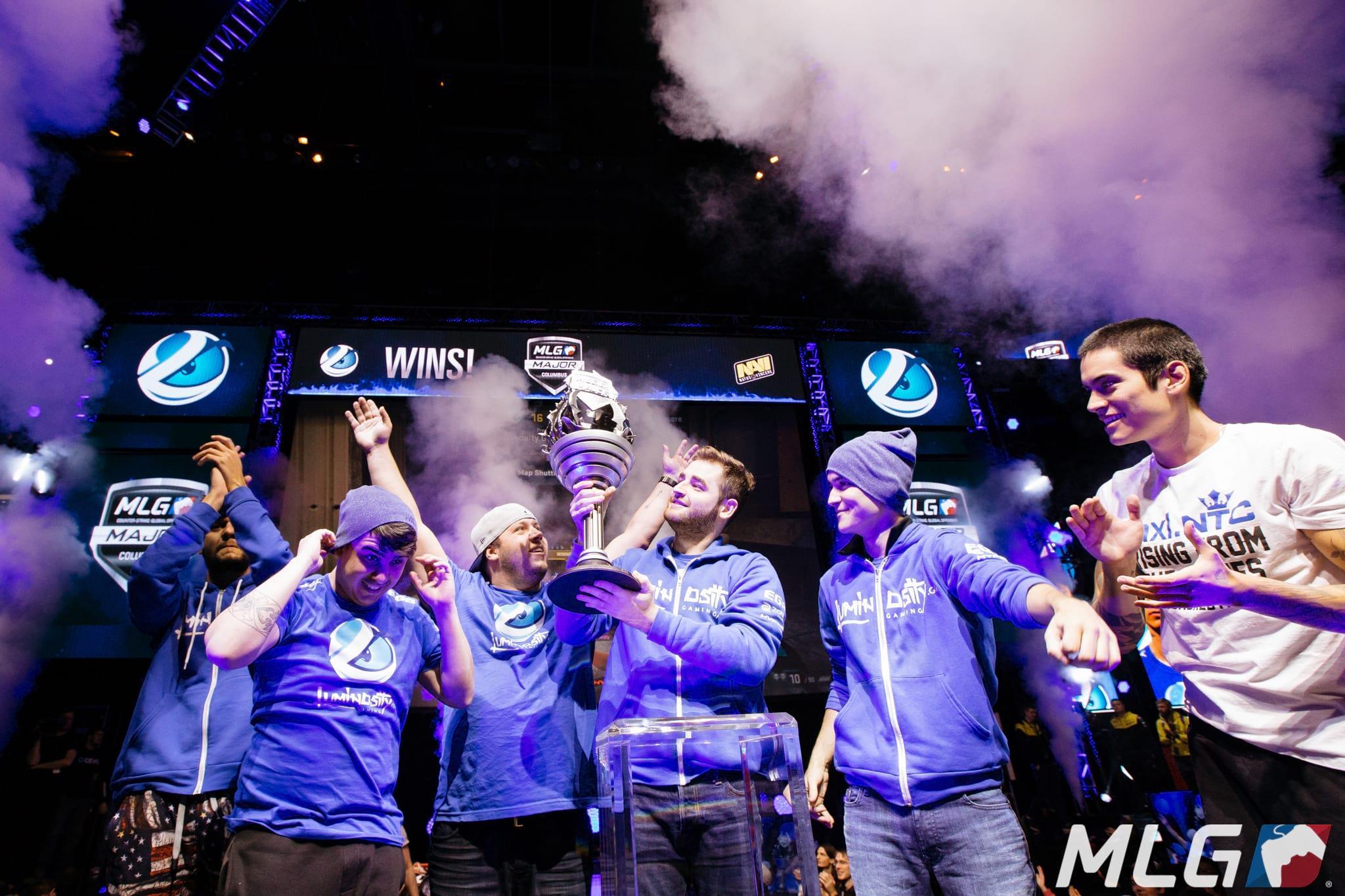
[ad name=”article4″]
The second theme was an adherence to fundamental teamplay. The team played a controlled default style of play. If the aggressive superstar player got the opening pick, they closed out the round with their strong fundamentals and man advantage. If they went down a man, the team’s default style allowed them to react accordingly. If the opponent committed too many resources to an area, the Brazilians could read that, take control of a different part of the map and use that space to get a hit on the site. Once they got into a post-plant situation, their superior teamplay and Coldzera could close out the round for them.
The third theme that characterized the Brazilians was their ability to clutch. The players weren’t just calm under pressure, they rose to the occasion. They became a force of nature in the hardest rounds and situations. This final element wasn’t inherent in the team, but something they built in early 2016.
During this time period, Luminosity were a top three team in the world, but could not win titles. They lost to 1-2 Fnatic at StarLadder i-League StarSeries 14. They smashed Fnatic on Mirage, but lost in the 30th round of the third map. At DreamHack Leipzig, they went 0-2 in the finals against Na`Vi where they lost both games in overtime. They had a rematch against Fnatic at IEM World Championship where they had a dominant 12-3 half against Fnatic on Overpass only for Fnatic to run it all the way back and win it in overtime.
FalleN recalled that moment of time in Duncan “Thorin” Shields reflections series, “We were getting nervous in those games. People would be over communicating, people would be calling over me, even myself…Losing those finals was an important process in order for us to win the Major [Columbus].”
Once that clutch factor fell into place, LG became the best team in the world. They won their first Major at MLG Columbus. They bombed DreamHack Malmo soon afterward, but went on to win DreamHack Austin Finals, ESL Pro League Season 3 Finals, get 2nd at ECS Season 1 Finals, and win their second Major at ESL One Cologne.
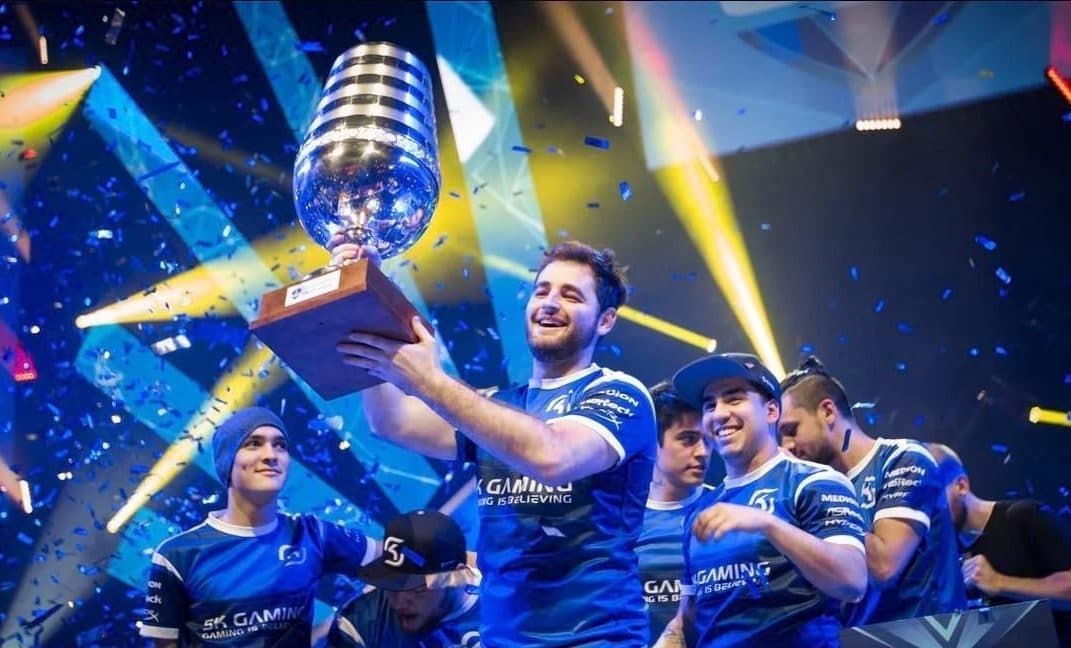 FalleN’s squad claimed their second Major at ESL One Cologne 2016.
FalleN’s squad claimed their second Major at ESL One Cologne 2016.FalleN’s GMing
This gets into the final aspect of FalleN’s impact as a leader, his GMing, or General Managing. From 2014 through the end of 2017, FalleN’s Brazilian teams had the best roster moves. While it’s hard to know if FalleN had a hand in all of the changes, he was the leader of the team and ultimate responsibility lies with him. Broadly speaking, all of the roster changes fall under three general categories: cultural fit, role fit, and potential growth.
Each time a player no longer had the motivation to be the best or evolve their game, they were removed from the team. Once they were removed, the team looked out for players that had large potential growth (Coldzera and felps) or players that fit into the roles they needed at the time (Fnx, TACO and boltz).
This GMing resulted in another year of Brazilian Counter-Strike as an elite squad. After removing fnx at the end of 2016, the team picked up felps. This roster change also had an effect on FalleN’s playing style. In 2016, FalleN had been a superstar AWPer, but his style relied on an information advantage and fnx’s preternatural teamplay. The informational advantage came from the fact that FalleN came up with unique positions and angles that caught his opponents off guard.
As for fnx, he was the perfect support as he went went to the exact spot his teammates needed him to without communication and this freed up FalleN to make all of his aggressive close angle peaks. With fnx no longer in the lineup, FalleN had to take a backseat and let fer become the aggressive superstar. While FalleN was no longer the same superstar AWPer, he continued to have some standout games and was one of the absolute best in clutch situations.
The roster change paid off in mid 2017 as the team had an incredible summer run: 1st CS Summit, 1st IEM Sydney, top 4 ESL PL S5, 1st DreamHack Summer, 1st ECS S3 Finals, and 1st at ESL One Cologne. They were the favorites to win the PGL Krakow Major, but lost to Astralis in the playoffs.
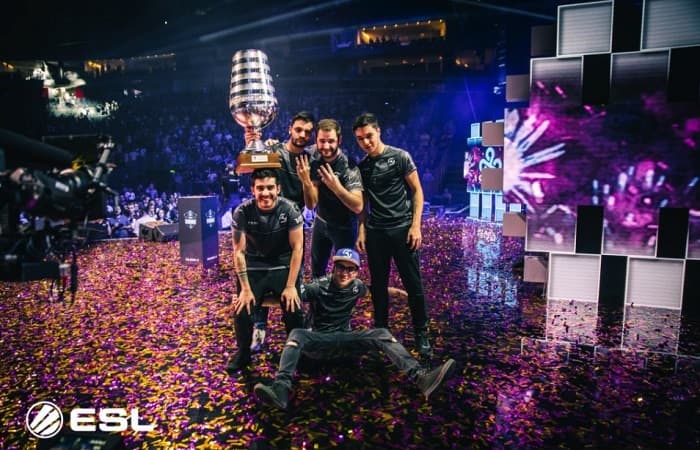 SK Gaming repeated their ESL One Cologne victory in 2017, although this time the tournament wasn’t a Major.
SK Gaming repeated their ESL One Cologne victory in 2017, although this time the tournament wasn’t a Major.The Rivalry Against FaZe
Soon after, FaZe made the all-star lineup of: Finn “Karrigan” Andersen, Havard “rain” Nygaard, Nikola “NiKo” Kovac, Ladislav “GuardiaN” Kovacs, and Olof “olofmeister” Kajbjer. FalleN took the creation of the lineup as a personal challenge, “When they created that team, bringing [in] olofmeister and Guardian, I wasn’t feeling that motivated to play Counter-Strike again. But then I was at home watching a movie, I think it was a Usain Bolt movie, and when he was talking I was like, “I wanna be the best in the world, and I wanna beat those guys. They think they can come here and overcome us? Well, that’s not true.”
In response to the FaZe roster change, SK made their own. Felps was no longer a cultural fit in the team as he was no longer content with being a role player in the system. Instead, SK added boltz. It was an instant success as the team won EPICENTER, came top 4 at IEM Oakland, 1st at BLAST Copenhagen, and beat FaZe at EPL S6 Finals.
Among the three LG/SK lineups, this roster was the strongest in the clutch. From rounds 26-30+, they were the best team in the world and all five players made hero plays whenever the pressure was on. They had an innate confidence that they could beat anyone at any time. FalleN described their insane clutch mentality in Thorin’s Reflections, “There is another state of mind where you are sure of what’s going to happen. You’re confident and it doesn’t matter if there are 7 seconds on the clock. You know it’s possible to win and you know someone will cover you. This state of mind was what allowed us to win a lot of rounds in a very difficult fashion.”
That confidence translated to out-of-game swagger with FalleN trash-talking FaZe before the EPL 6 Finals:
“You either cheer for @SKGaming, or we going to turn this place into a library again”
DAMN @FalleNCS, what a personality!#ESLProLeague pic.twitter.com/FM2LjBJJMF
— ESL Counter-Strike (@ESLCS) December 9, 2017
BAD @FalleNCS bringing some :fire: ahead of the #ESLProLeague Finals! @SKGaming pic.twitter.com/G1jtwyaJOB
— ESL Counter-Strike (@ESLCS) December 9, 2017
That final was the last time we saw the Brazilians win a tier one LAN in CS:GO.
The Fall of MIBR
At the height of their power in 2017, SK started to look untouchable. However, as 2018 rolled around, they hit a slump. Their first event of 2018 was the ELeague Boston Major. At the event itself, they had to play with felps instead of boltz. Despite the change, the team still got top four at the event. The SK players were annoyed to no end that they had to play with felps instead of their real lineup. They believed that once they got back on track, they’d return to winning ways.
That never happened, and they started to break apart. 3rd at CS Summit 2, top 8 at StarLadder i-League StarSeries Season 4, top 8 at IEM World Cup 2018, and finally an embarrassing group stage elimination at WESG.
While all of this was going on, rumors were rumbling that the Brazilians planned to make a symbolic organizational move. Reports came out that the MIBR brand was resurrected and the Brazilian team would eventually move from SK to Made in Brazil.
The plan was to connect the past with the present. MIBR was a legacy name from CS 1.6, a team that won historic titles like ESWC and CPL. It was also the home of Raphael “cogu” Carmago, one of the most legendary AWPers of CS 1.6. The prestigious Made in Brazil name of the past and the most successful Brazilian core in any iteration of Counter-Strike seemed to be a match made in heaven.
The move wasn’t smooth, though. The players had been tied into their SK contracts until June of 2018 and even chose to play without their SK jerseys towards the end of their tenure. Many believed that, once the stress of the organization change was behind them, the Brazilians would rise to the top once more while representing MIBR. Again, this was not the case. The cracks had started to show in the lineup in March, prior to the MIBR move, when Stewie2K was drafted in to replace a departing TACO. These cracks would only grow in the months that followed.
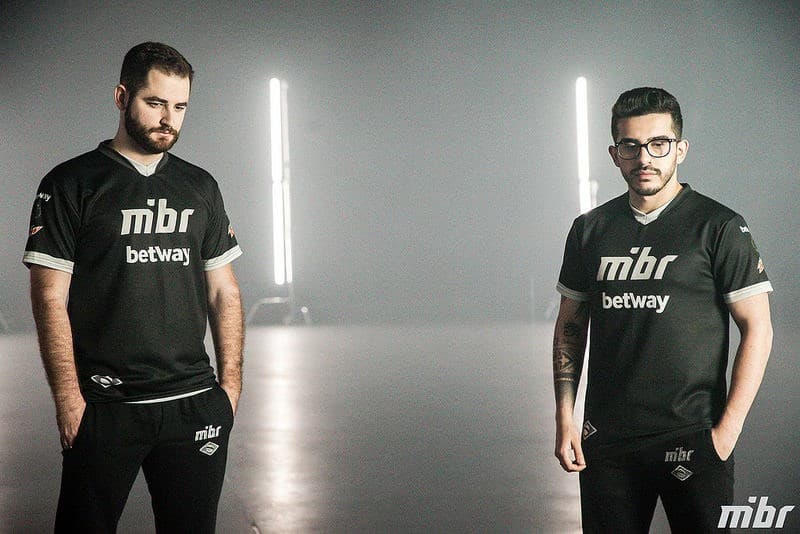 The legendary duo of FalleN and Coldzera has finally broken apart.
The legendary duo of FalleN and Coldzera has finally broken apart.So what caused the fall of the Brazilian empire? There were a few reasons. The first was the rise of the Brazilian CS:GO scene. After rising to the top of CS:GO, more money, teams, and support have started to flood into the Brazilian CS:GO scene. This has made buyouts nearly impossible in the scene and has stopped FalleN and MIBR from making the same GM choices that made them so successful from 2014-2017.
The second was a lack of unity in vision. From 2018-2019, the team couldn’t agree on how they should proceed forward. In 2018, they went for an international lineup – Jake “Stewie2K” Yip’s fellow North American and former Cloud9 teammate Tarik ‘tarik’ Celik was brought into the team, but they continued to play the old Brazilian style of CS rather than come up with a new style that could utilize their individual characteristics of all five players. During that time frame, they tried changing in-game leadership from FalleN to Coldzera and back again. They had a brief respite in the latter half of 2018 after Janko “YNk” Paunovic joined as a coach, but the team wanted to revert to an all Brazilian lineup as they brought back TACO, felps, and Wilton “zews” Prado as coach.
The team had an initial great showing at IEM Katowice Major 2019, but it has all been downhill from there. The tensions inside the team continued to grow until finally Colddzera demanded to be benched on the team. Thus the four year partnership of Coldzera and FalleN finally ended.
Onward to the Future
The FalleN and Coldzera partnership has given Brazilian CS the best results of its history. They have won two Majors together, established an era, been at the head of three different world number one lineups, and defined how CS was played at the highest level from 2016-2017.
That Brazilian empire is gone and now the question is whether another will rise up. Can another Brazilian lineup ever become the best team in the world once again? The answer depends on FalleN. Brazil has grown in leaps and bounds in financial support and player base. They have plenty of talented players that can compete at world stages. However, great players can only decide matches. Teams well assembled win championships.
In Brazil, no one has been better than FalleN at assembling teams. No one else even comes close. He has been the totemic figure and driving force of the Brazilians for the last four years. His tactics, knowledge, experience, and GMing have made him the most impactful player in Brazilian Counter-Strike history. Should Brazilian CS ever rise to those grand heights again, it will be off the back of FalleN. The Godfather of Brazilian Counter-Strike.
